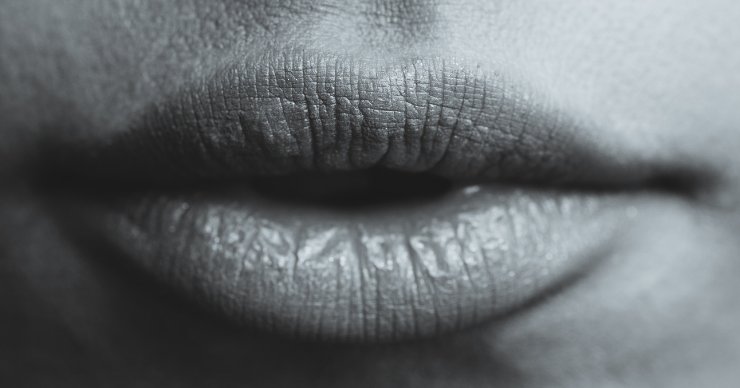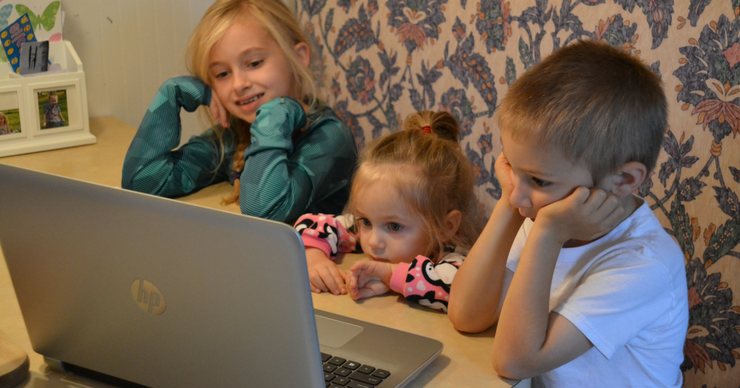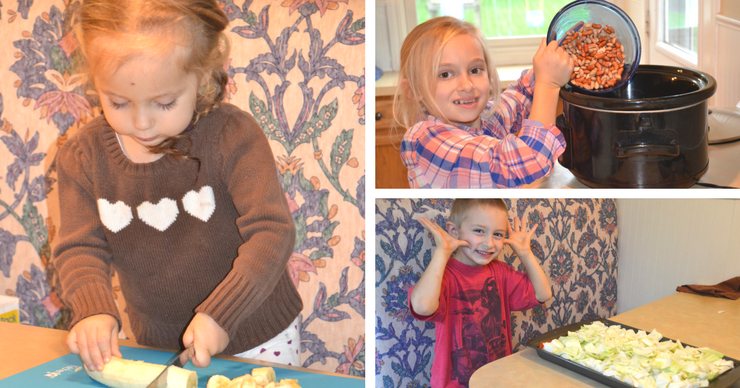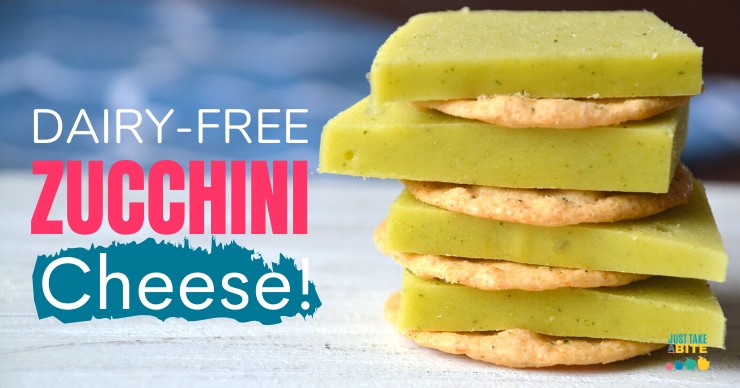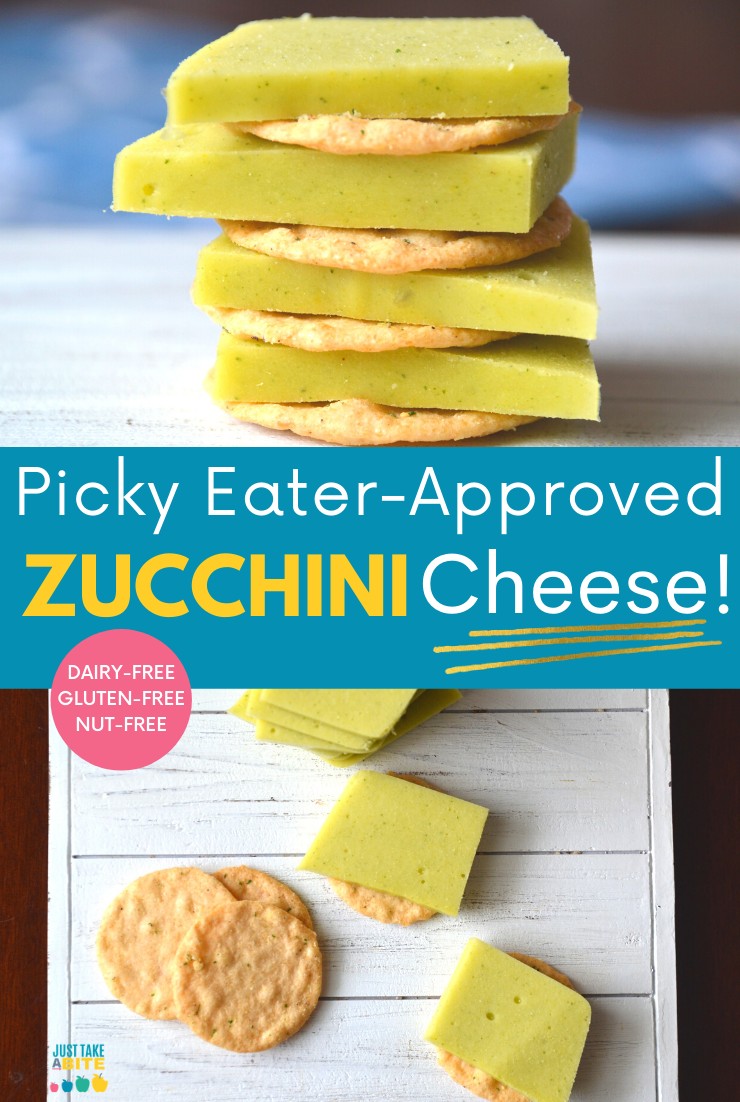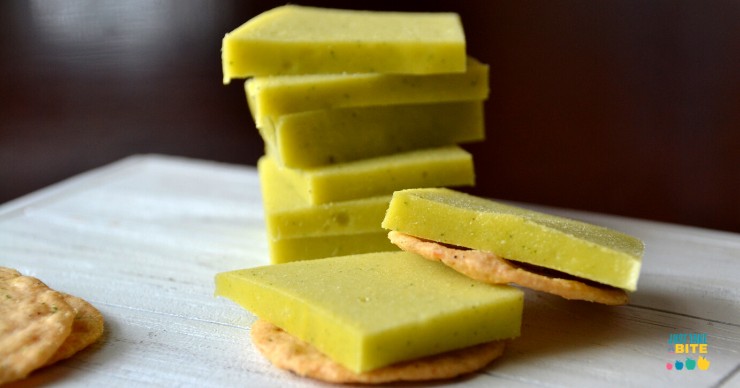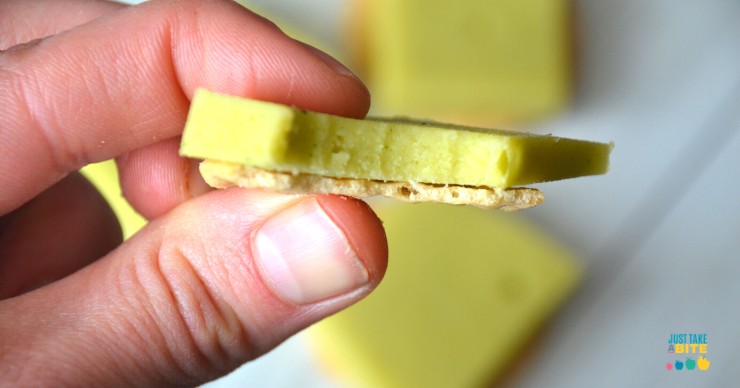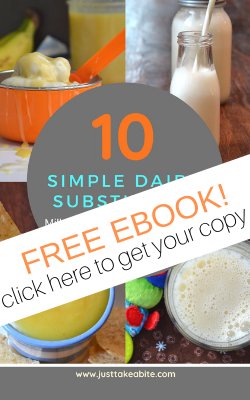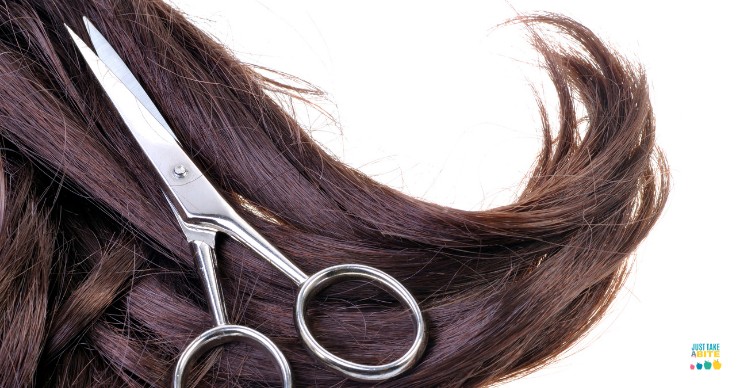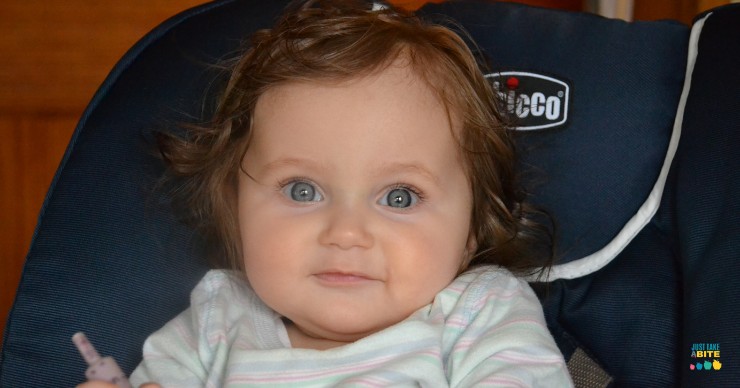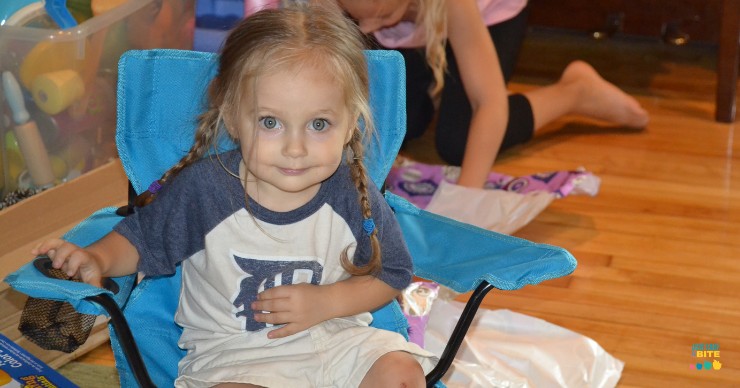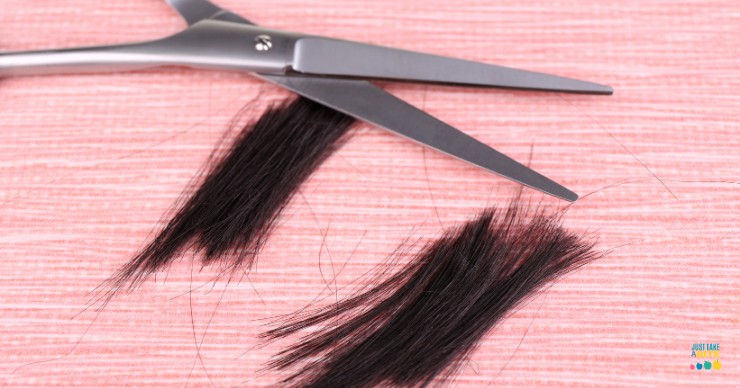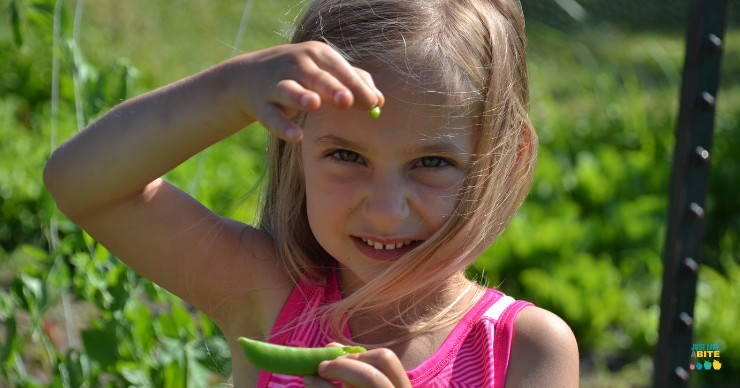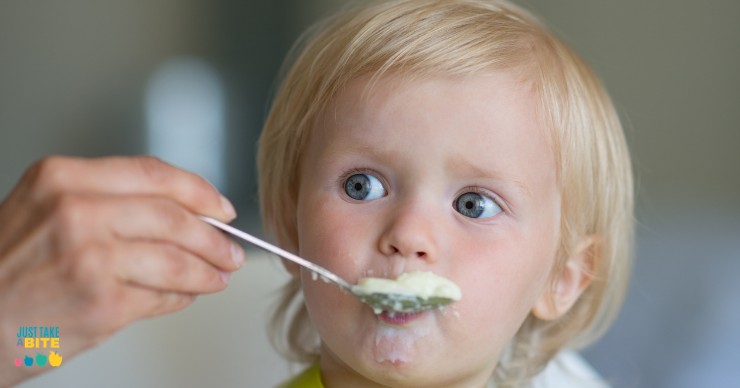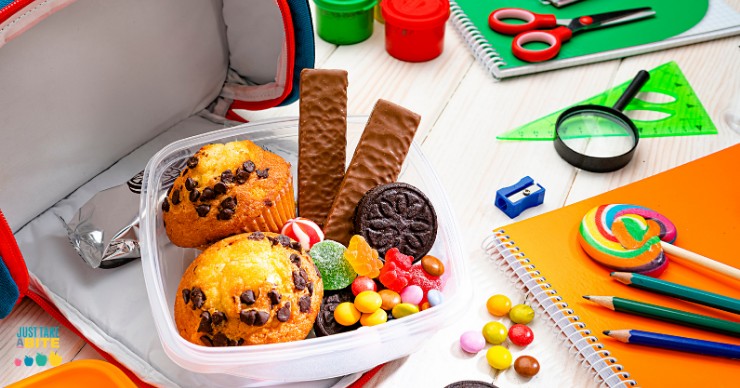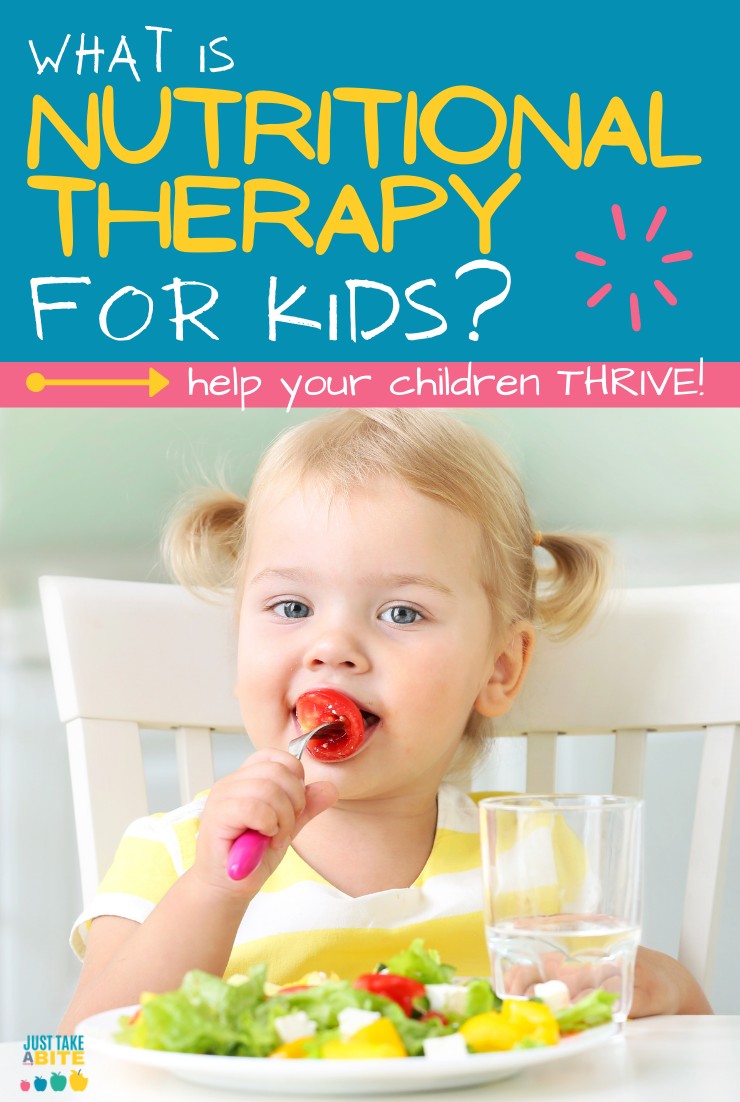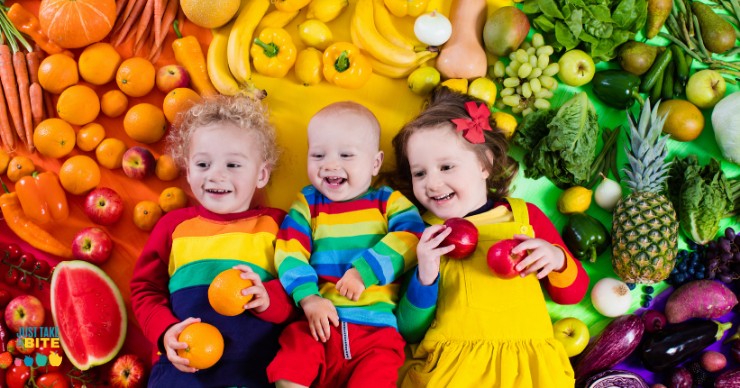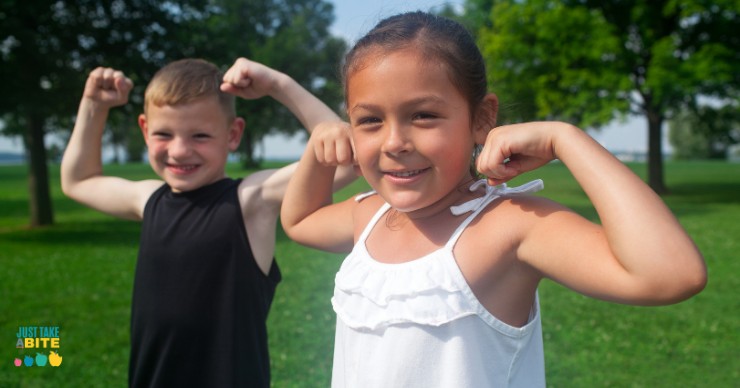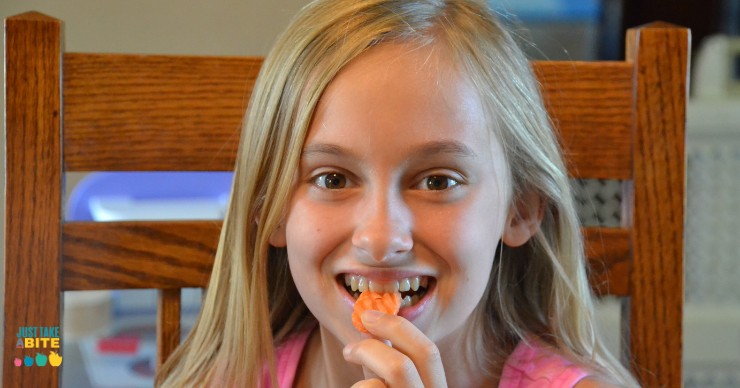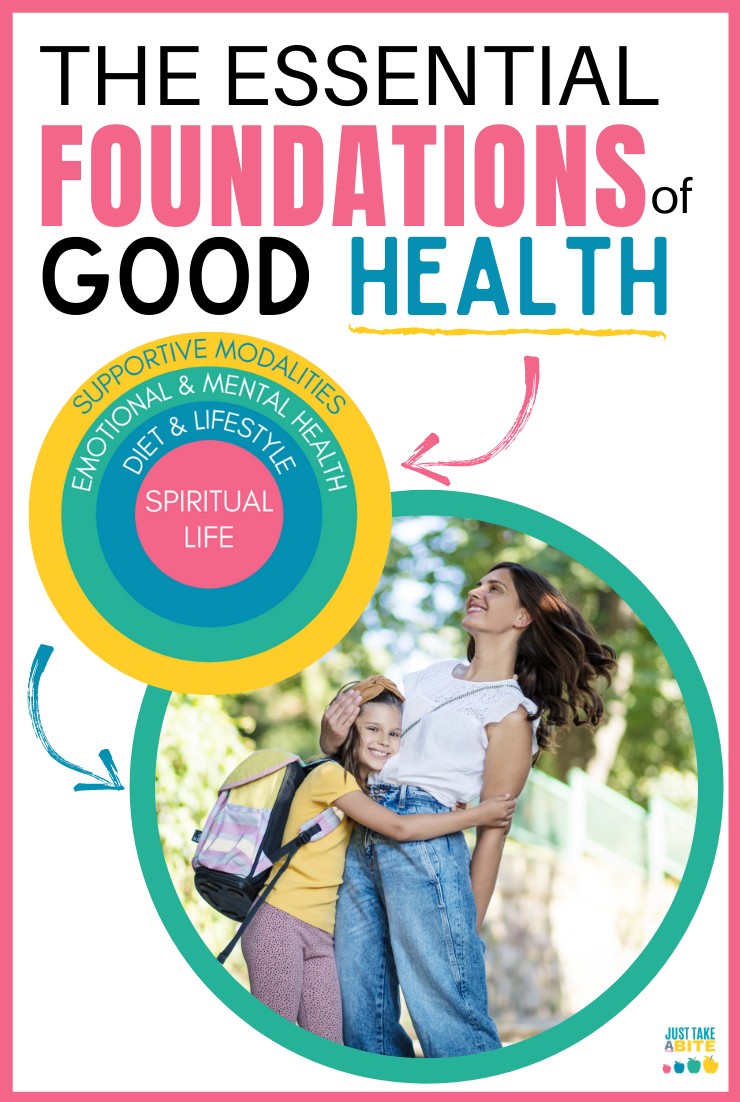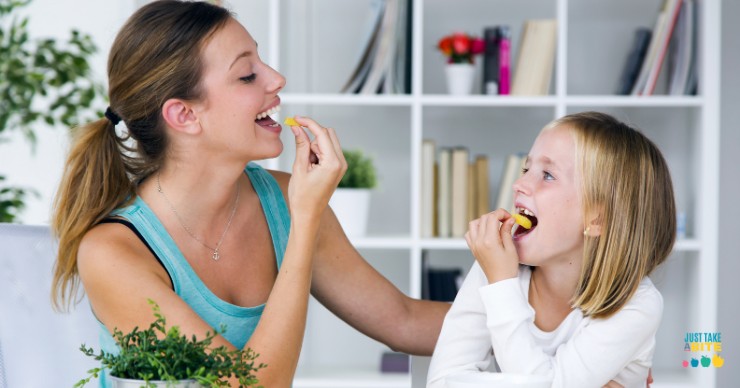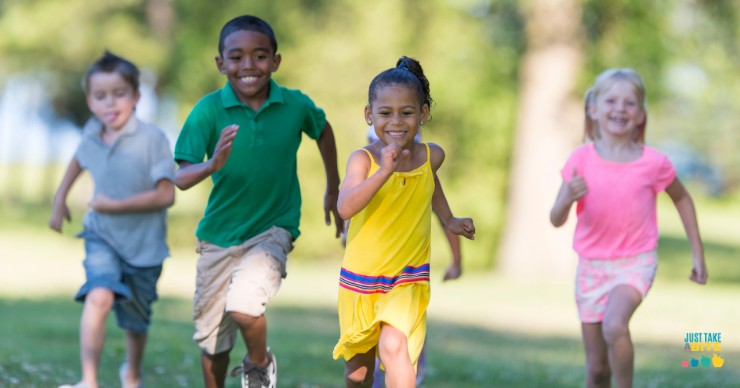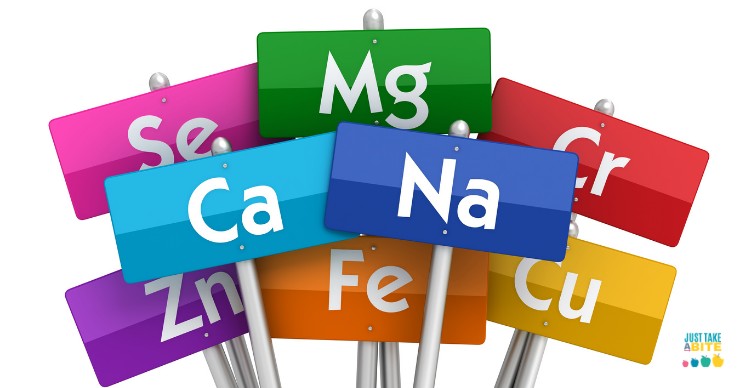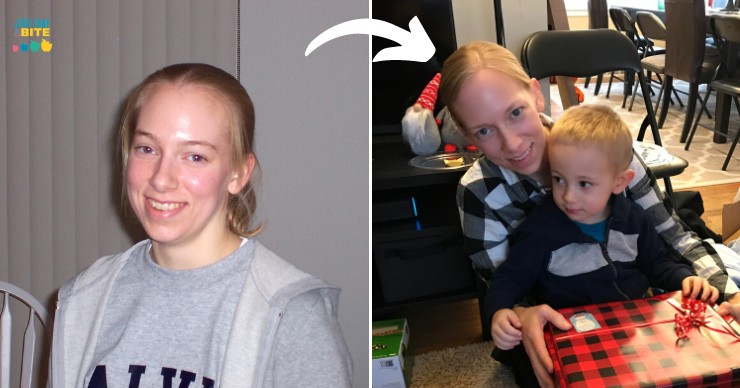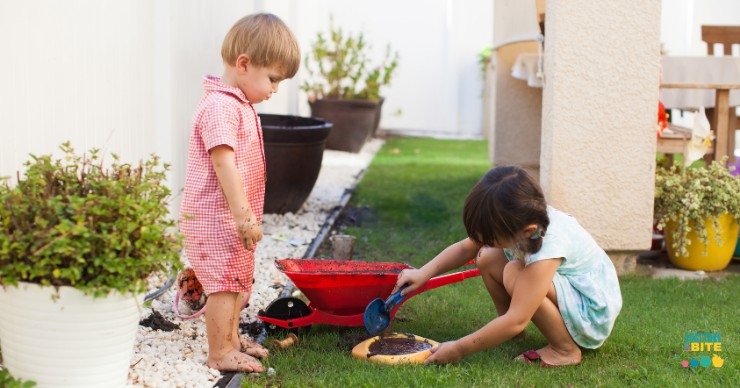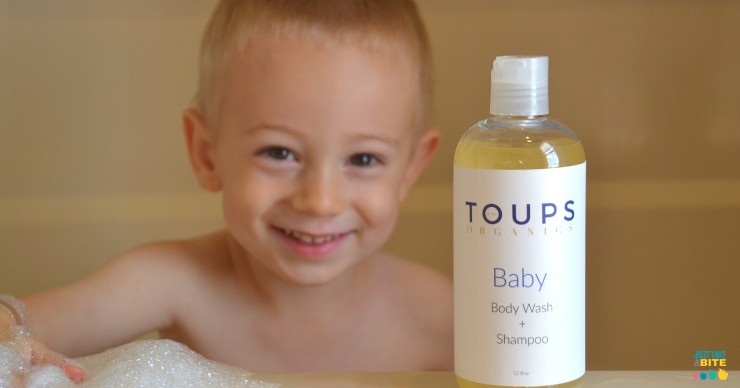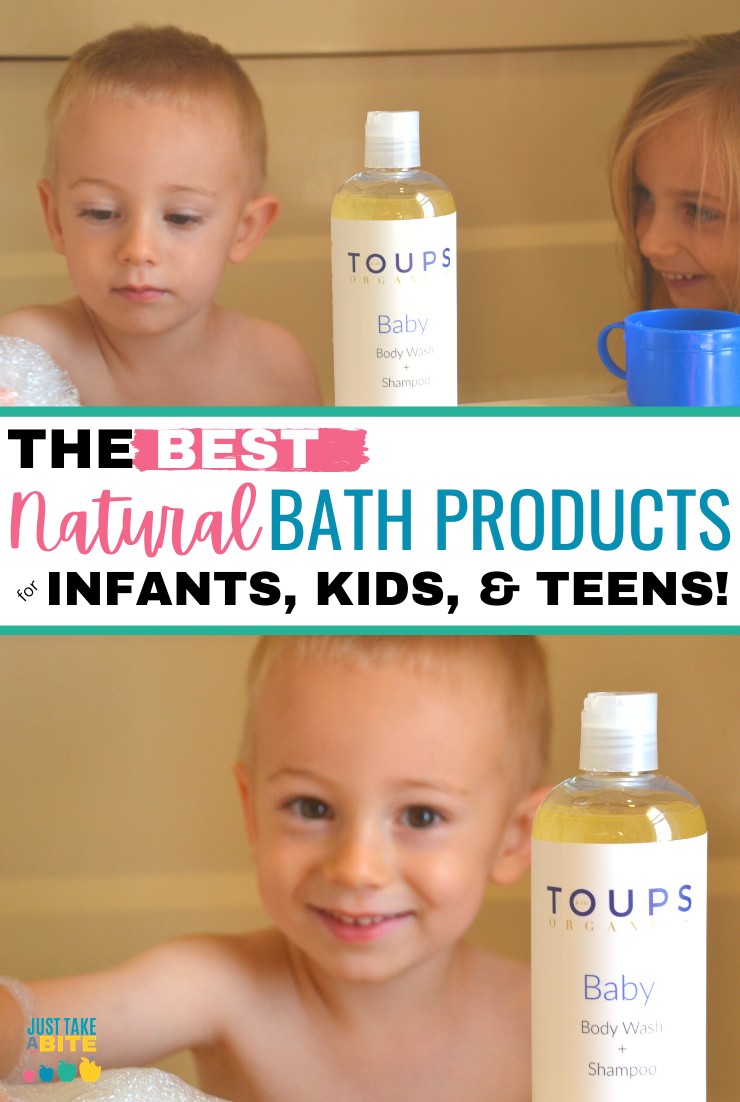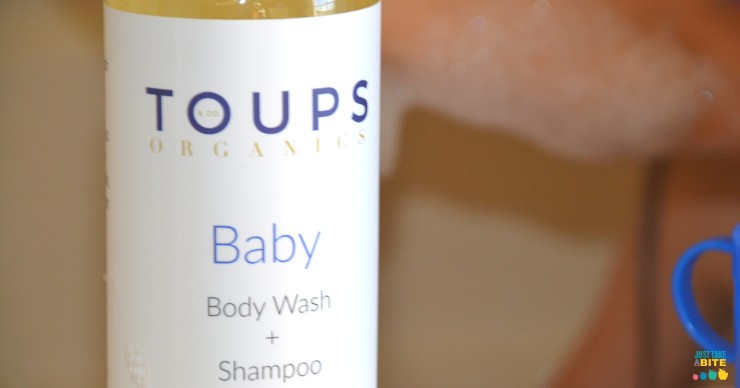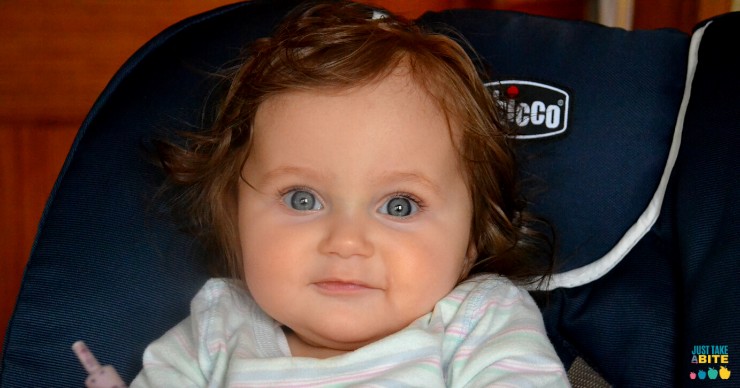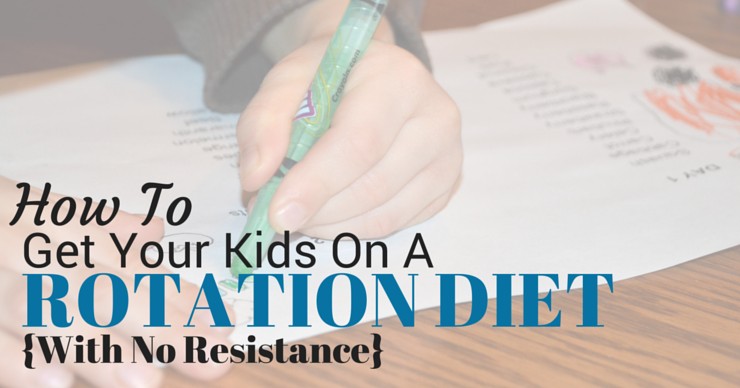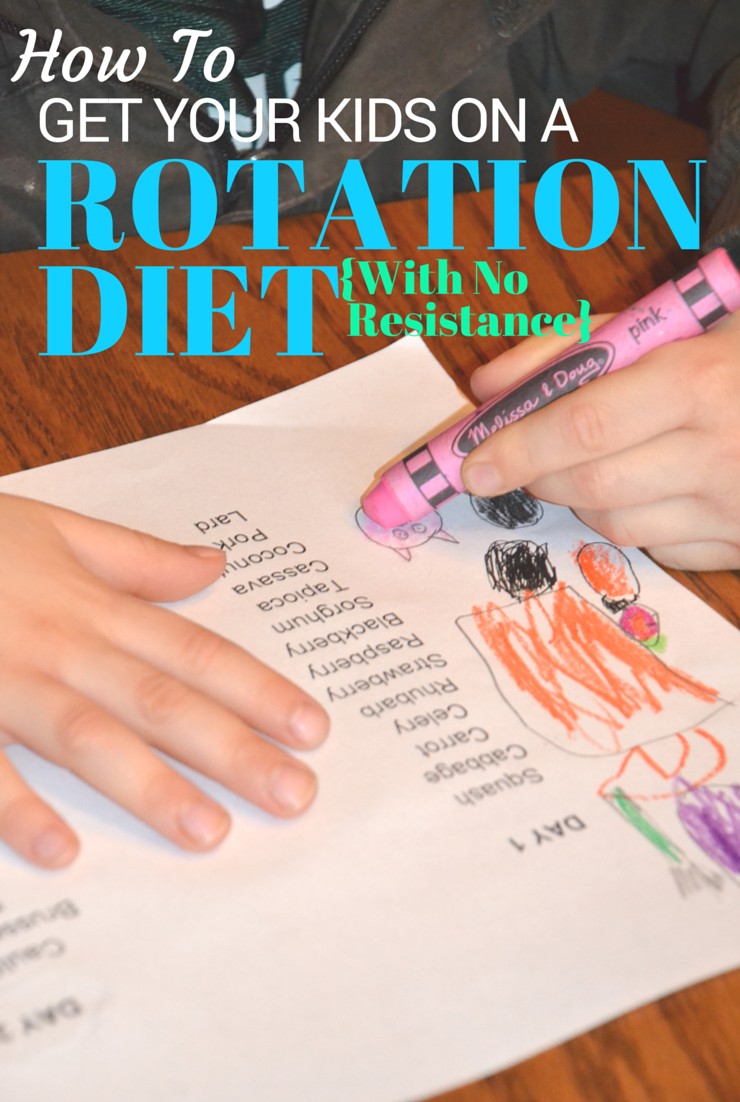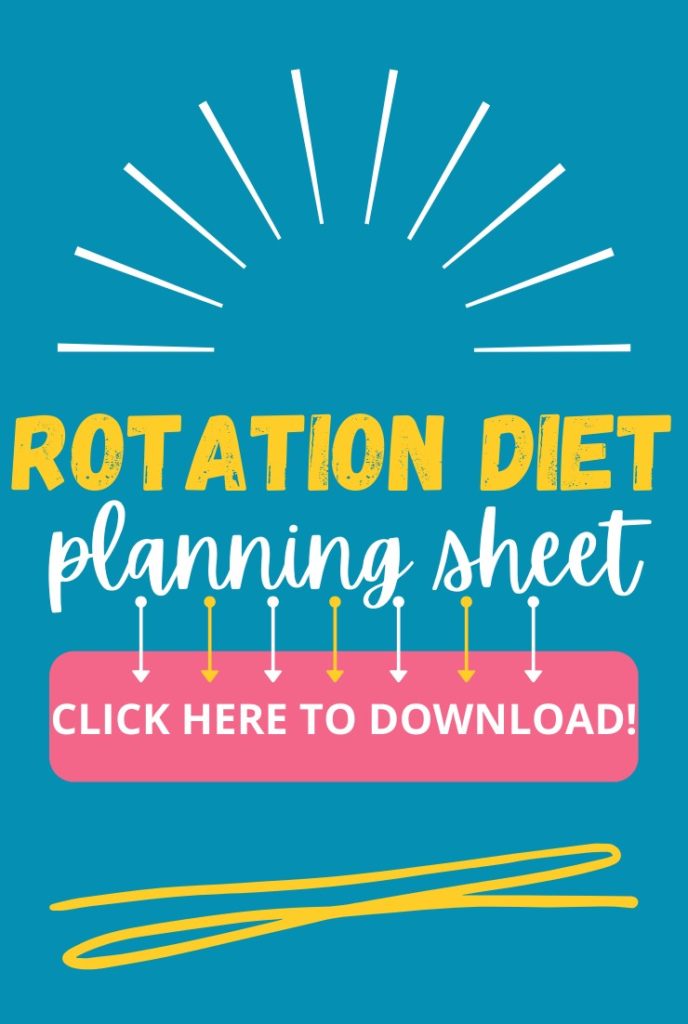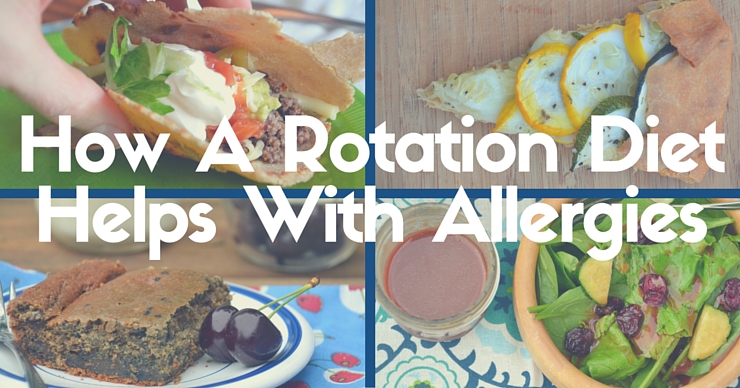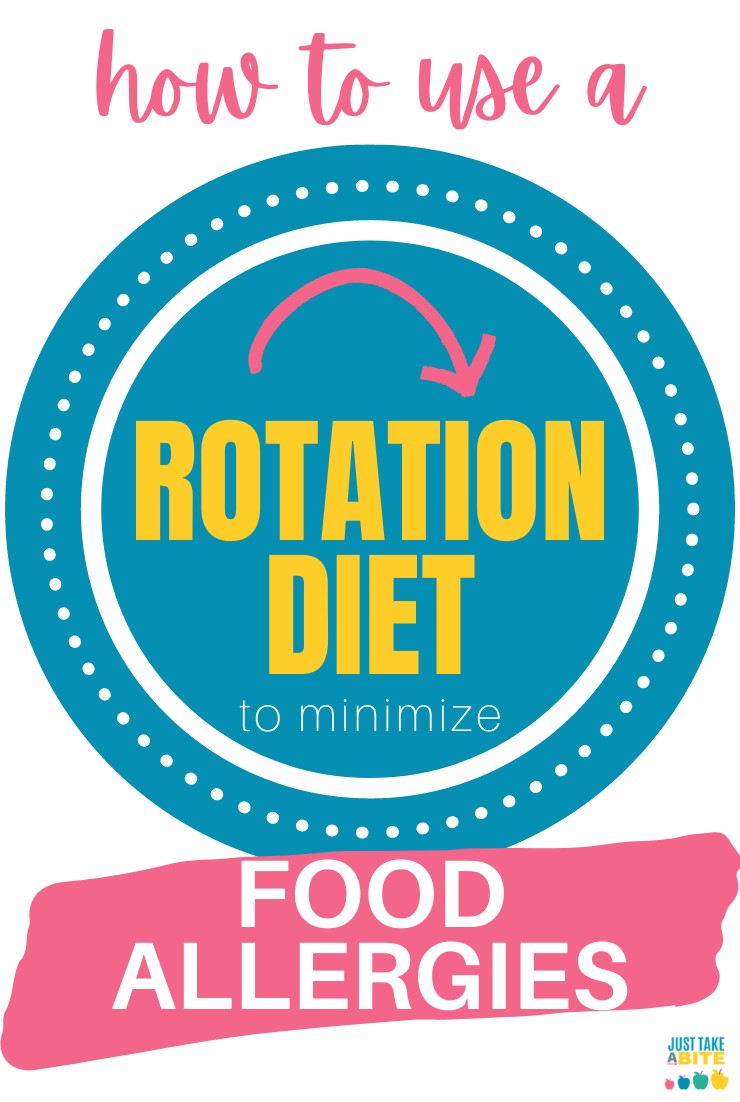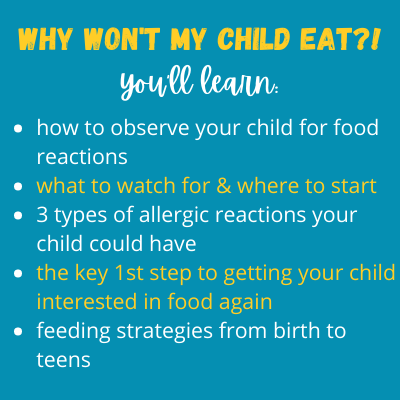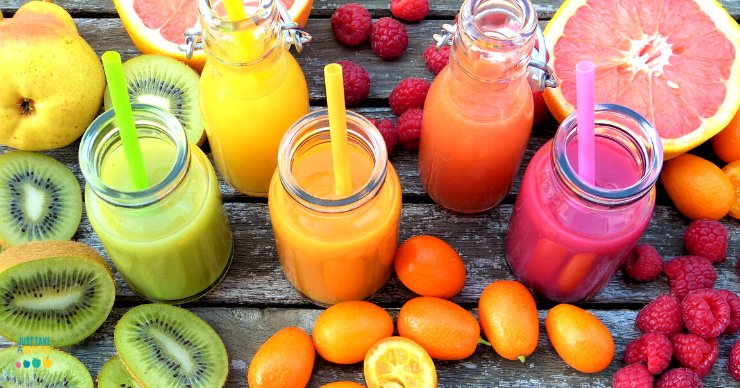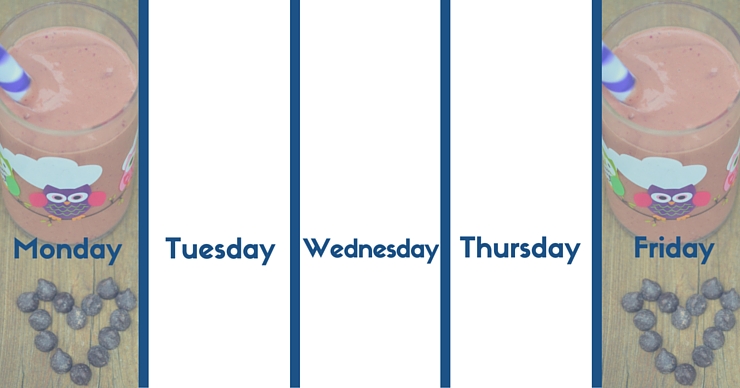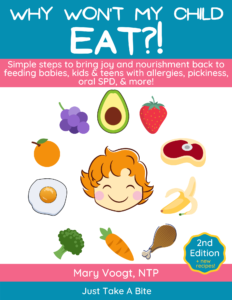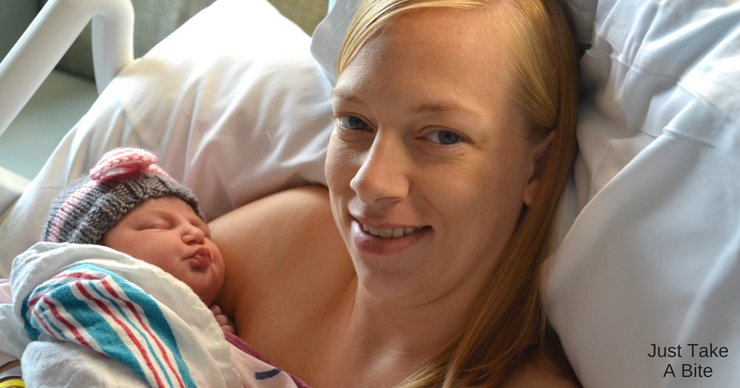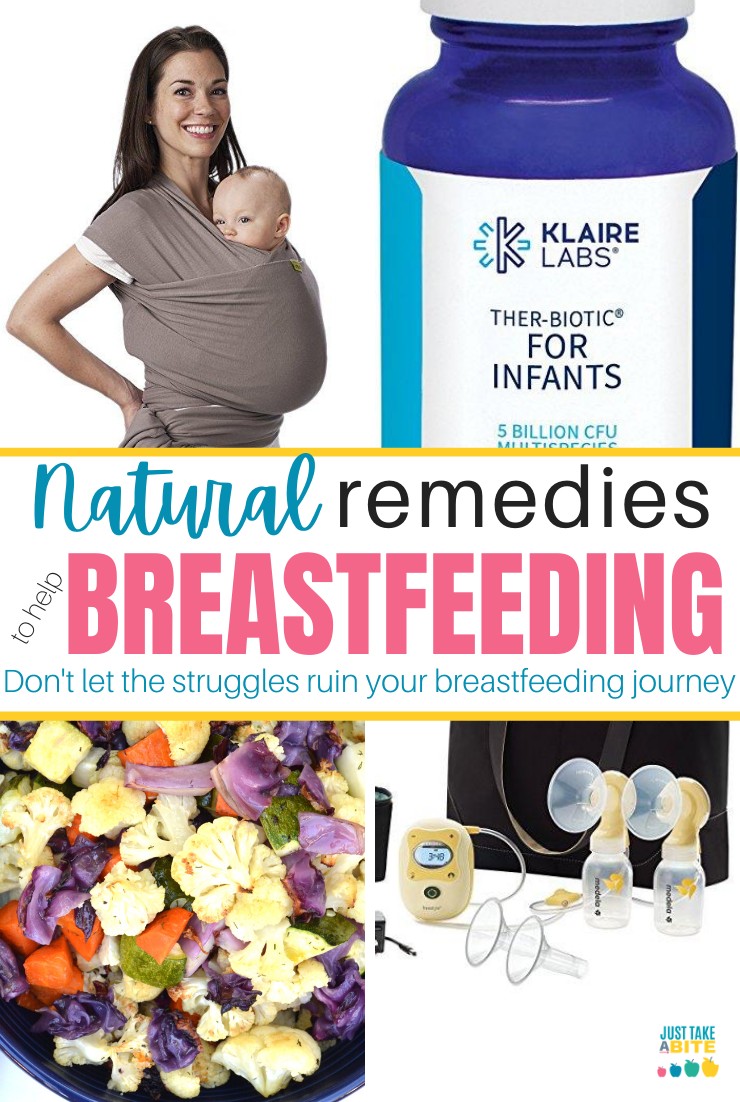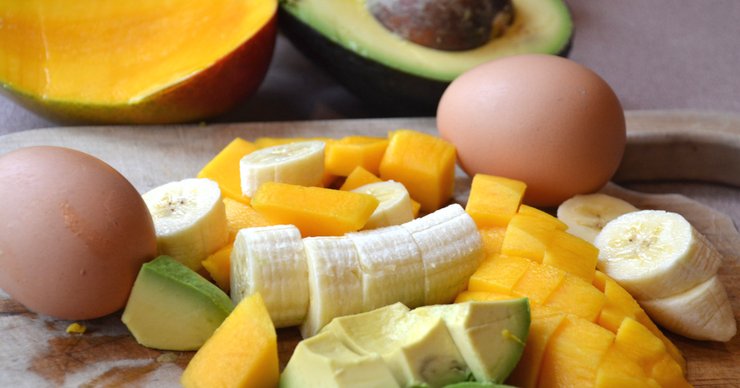Does your child seem to sleep poorly or wake up grumpy? There are many causes, one of them being how your child breathes. There is natural help for mouth breathing to get a well-rested child.

Every parent does it. Every night.
Before you get in bed, you check on your sleeping child.
You stand there for a minute watching them lay there so peacefully.
Unless your child is a mouth breather.
Then you see covers strewn about and a child tossing and turning. You hear snoring and snuffling.
Sleeping While Mouth Breathing Looks Anything but Peaceful
Not only does it look bad, it is bad. Mouth breathing has a big impact on health and behavior. Here are some of the effects of mouth breathing.
- Restless sleep/change positions constantly.
- Lack of clean oxygen to the body (that comes through the nose).
- Bad breath and body odor.
- Sensitive teeth/chewing problems/dental problems.
- Adrenal fatigue/lack of sleep.
- Sleeping problems/hard to settle down/inability to nap.
- Lack of focus/symptoms of ADD/ADHD.
- Hyperactivity.
- Mood swings/tantrums/meltdowns.
- Oral sensory processing disorder.
- Narrow mouth/palette.
This list of symptoms should not describe any child. But it does. My daughter included. She had displayed every single symptom on this list at only seven years old.
Why do Kids Mouth Breathe?
Mouth breathing happens during the day and night and can have a variety of causes. For my daughter the root issue is environmental allergies.
Her first symptoms started at a very young age with chewing problems and sensitive teeth. She needed pureed foods until age two. But things really started to get worse around age three when she stopped napping and could no longer settle down during the day.
We played around with diet and removed gluten and anything artificial. We saw some improvement, but not enough.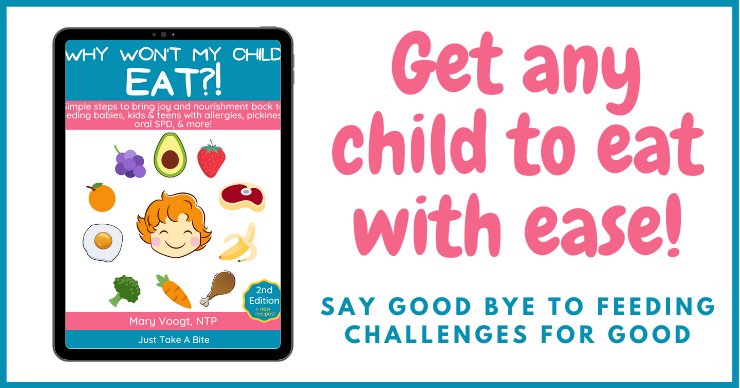
How Allergies Impact Mouth Breathing
At five years old we had her tested for allergies and discovered severe dust mite and mold allergies. The allergist put her on a steroid nasal spray. Although hesitant we tried it for a while with no improvement. So we turned to more natural remedies.
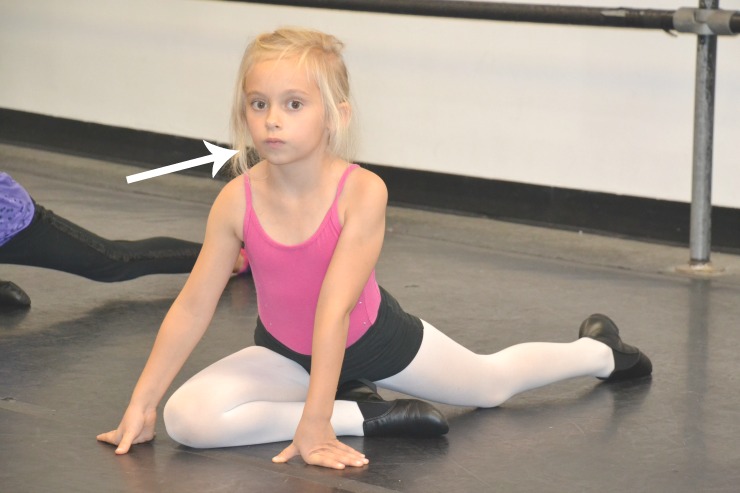
Natural Treatment Options for Mouth Breathing
My daughter is now 13 and breathing through her nose most of the time. It is quite amazing to see the difference in her health, mood, and behavior. She has been given a new start after years of mouth breathing.
Every child is different and responds differently to treatments. But if your child is a mouth breather it is important to figure out what works for him or her and find a way for him or her to get quality oxygen and sleep. Here are the treatments we have used.
- Speech therapy – We saw a speech therapist for three years. It is great for calming the body, integrating reflexes, and training the mouth. Being able to do exercises at home that open the nasal passage is also wonderful.
- Remove food allergies – Allergies to food can cause inflammation anywhere in the body, including the nose/airway. You can figure out allergies through formal testing, an elimination diet, muscle testing, or trial and error. Cut the offending foods out completely while you work on healing.
- Craniosacral therapy – Sometimes breathing problems are due to a restriction in the body. CST releases tension and alows the airways to open naturally (learn more about CST here).
- Hair Tissue Mineral Analysis – When a child is lacking in minerals, is out of balance, or struggles to detox heavy metals, he or she can have numerous symptoms, including inflammation, allergies, and breathing difficulties. HTMA helps get to the root of the problem and get the body back in balance (learn more about HTMA here).
- Clean the whole house and clear out the bedroom – Dust and mold allergies are some of the biggest offenders. Dust mites live in mattresses, pillow cases, couches and stuffed animals. Dust collects quickly on dressers, toy boxes and bookshelves. There are some simple solutions.
- Use dust mite covers on the mattress and pillow case.
- Change bedding weekly and wash it in hot water.
- Remove stuffed animals from the bed.
- Clean the floor regularly. Wood floors are ideal. If possible remove carpet.
- Remove as much clutter from the bedroom as possible.
- Dust regularly in the bedroom and the whole house.
- Keep windows free of mold.
- Diffuse essential oils – Essential oils can provide a tremendous improvement in breathing. A blend of lemon, lavender and peppermint diffused through the night is effective for clearing airways. Purification is great too.
- Palette expansion.

Palate Expansion for Mouth Breathing
Palate expansion has had the biggest impact on my daughter’s health. Her mouth breathing has caused her palate to gradually become narrower and narrower. We found a naturally-minded dentist that focuses on expansion plus reshaping the jaw. It is not just the typical expander for a few months and then move on to braces.
There are a few different methods of expansion. We are using Biobloc Orthotropics. It is a three-year process with several phases. First the mouth is widened to allow room for all of the teeth and to open the nasal passage. Then the jaw is reshaped.
My daughter is breathing through her nose more in the night and getting better quality sleep. She is using mouth exercises to practice keeping her mouth closed during the day to retrain her jaw. No more sitting with her mouth wide open!
We also use tape over her mouth at night. I know it sounds strange, but our orthodontist suggested it…and it really works! You can buy special tape already cut in strips or use a hypoallergenic medical tape. Just avoid it if your child has a cold or is really stuffy. You can read more about mouth taping here!
No more bad breath! She is also much more efficient at eating. Instead of a meal taking an hour she can finish in about ten minutes.
Mouth breathing is just one challenge that originates in the mouth. There are many conditions that start with the mouth! So how do you know what it is? Use this quick and easy Mouth Assessment Guide!
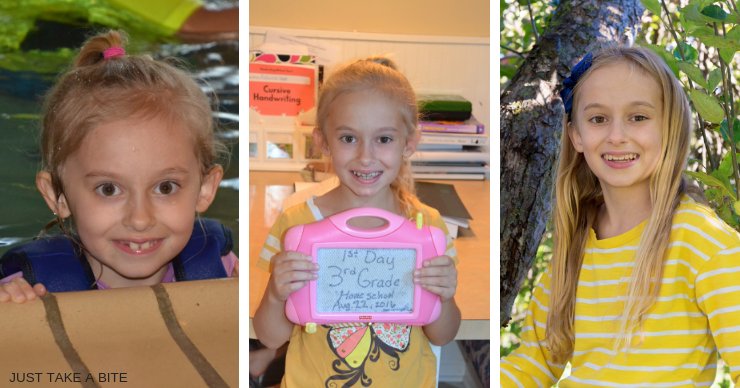 Can you Eliminate Mouth Breathing?
Can you Eliminate Mouth Breathing?
We have many days now of greatly improved focus and attention and with less hyperactivity. She is able to quickly get herself ready for school in the morning and stay on task at school.
Her adrenal health is gradually improving as she gets more sleep and we continue with a nutrient dense, allergen-free diet. Her hair and nails are stronger. She has not had severe skin problems this winter for the first time in years.
The mouth breathing is not 100% gone, but it is drastically decreased. We are still using tape at night and doing mouth exercises during the day.
Is Your Child a Mouth Breather?
Don’t let it go untreated. It will change the shape of the face and impact overall health. Find the root problem (i.e. allergies). Then seek appropriate treatment to eliminate it.
Finally, consider palate expansion to undo the structural damage, keep the nasal passage open, and create a beautiful smile with enough room for all of your child’s teeth. I’m so thankful we stopped the mouth breathing in its tracks, and my daughter has been given a new start. Her smile says it all.
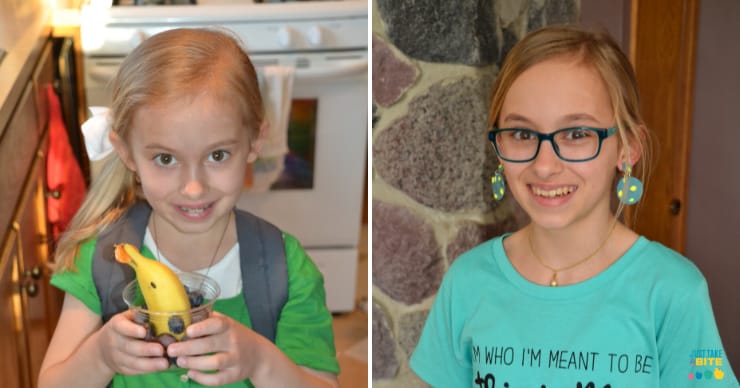
This post is linked to Savoring Saturdays.

